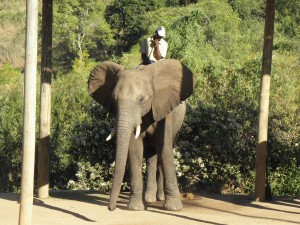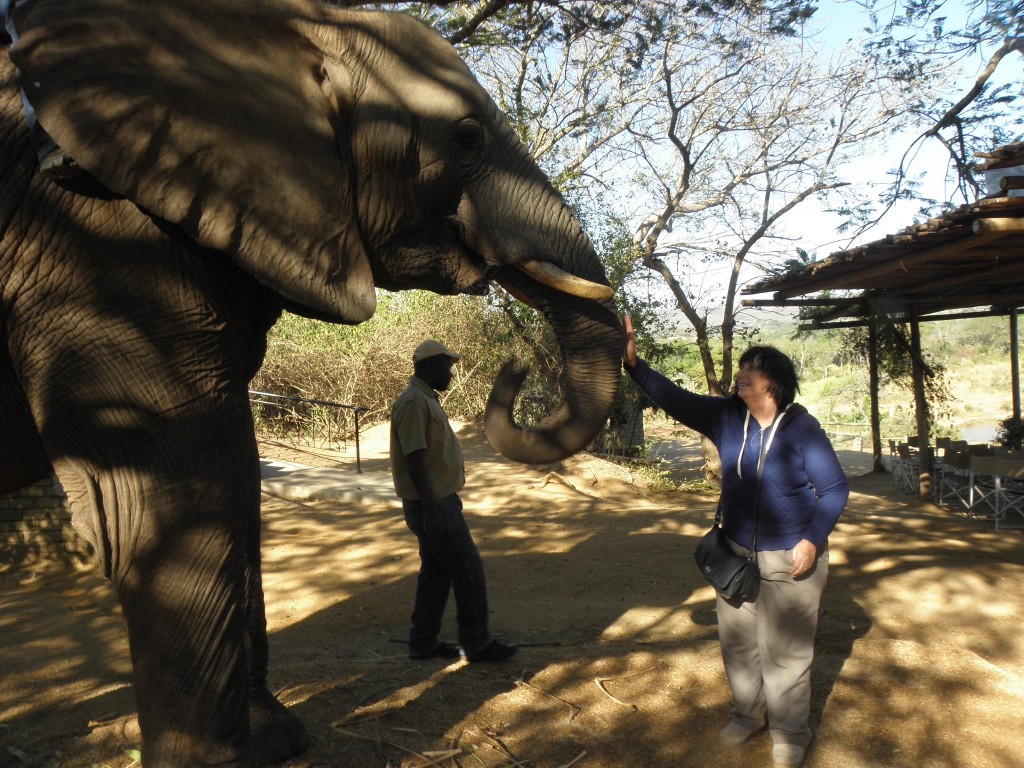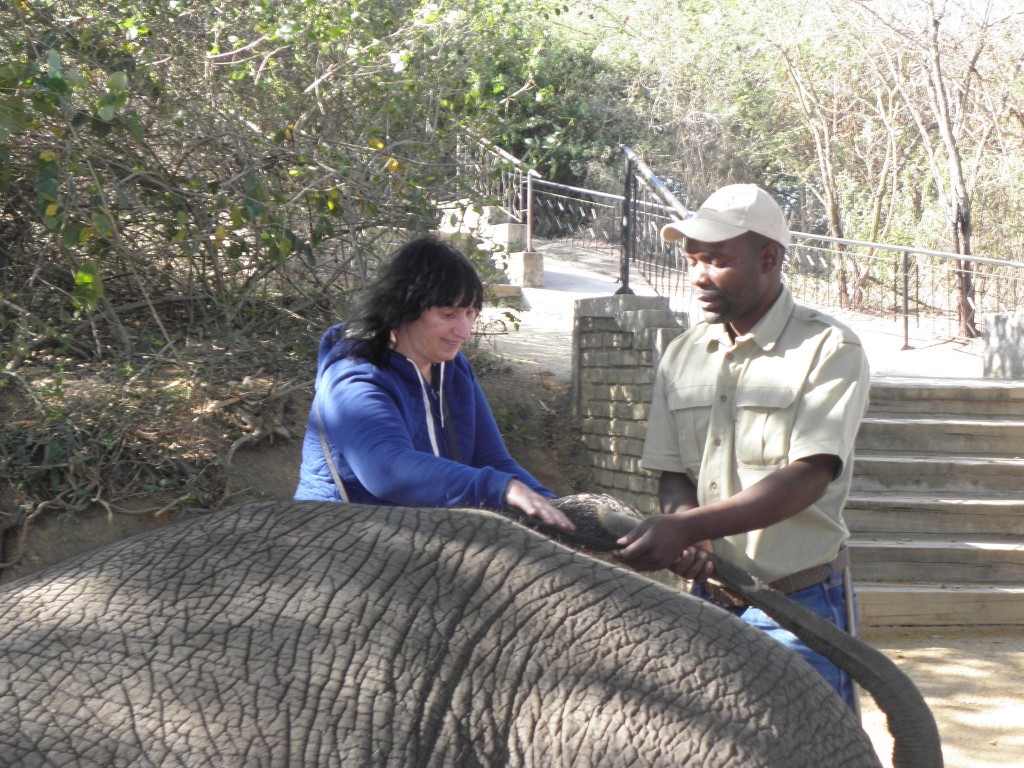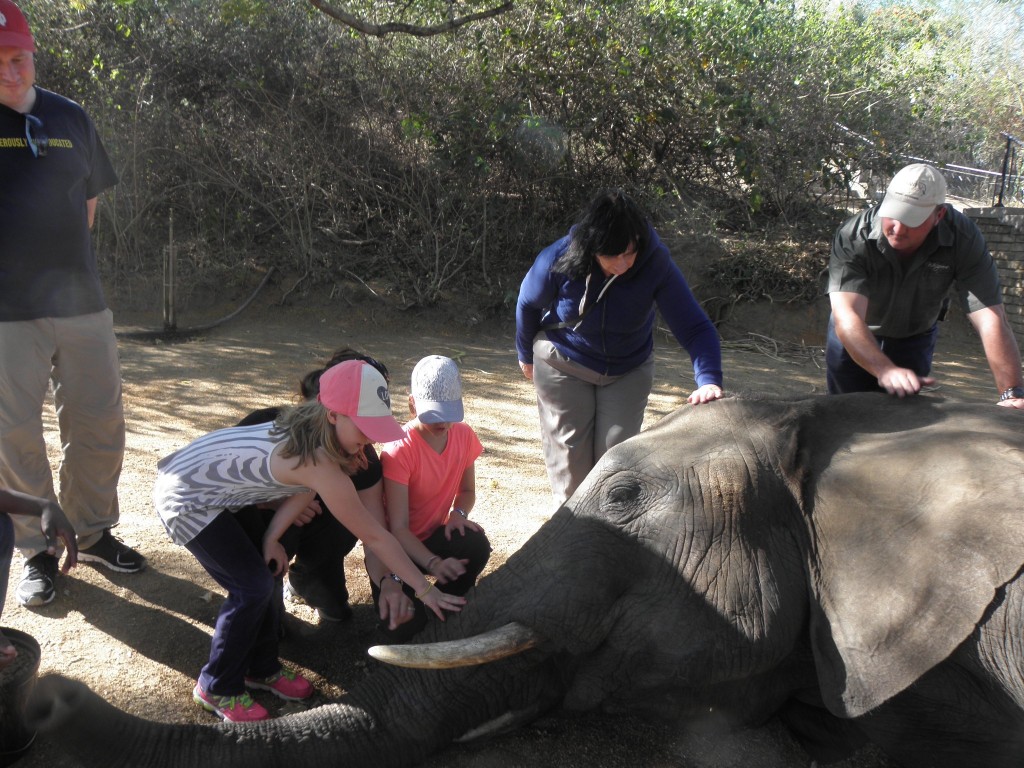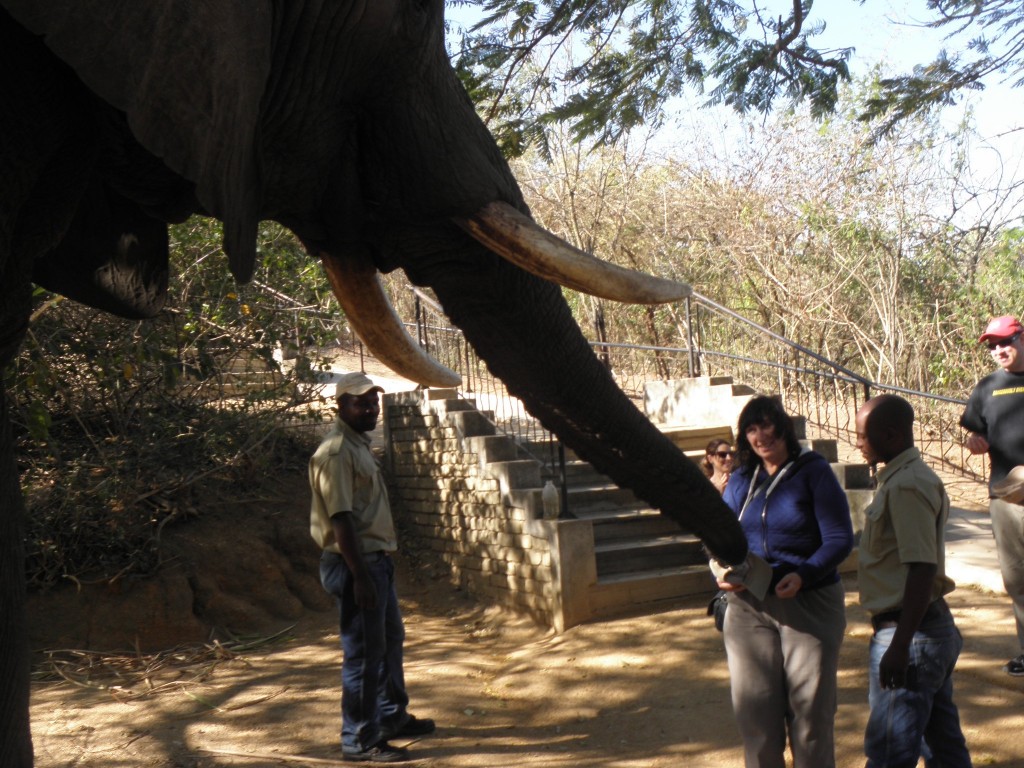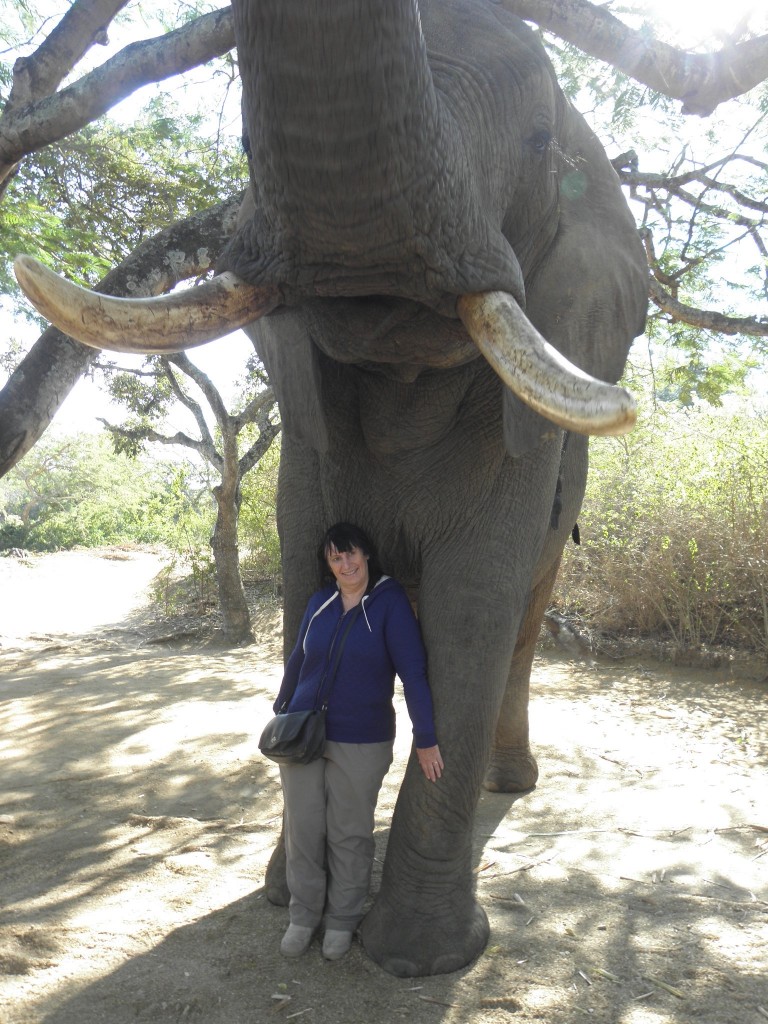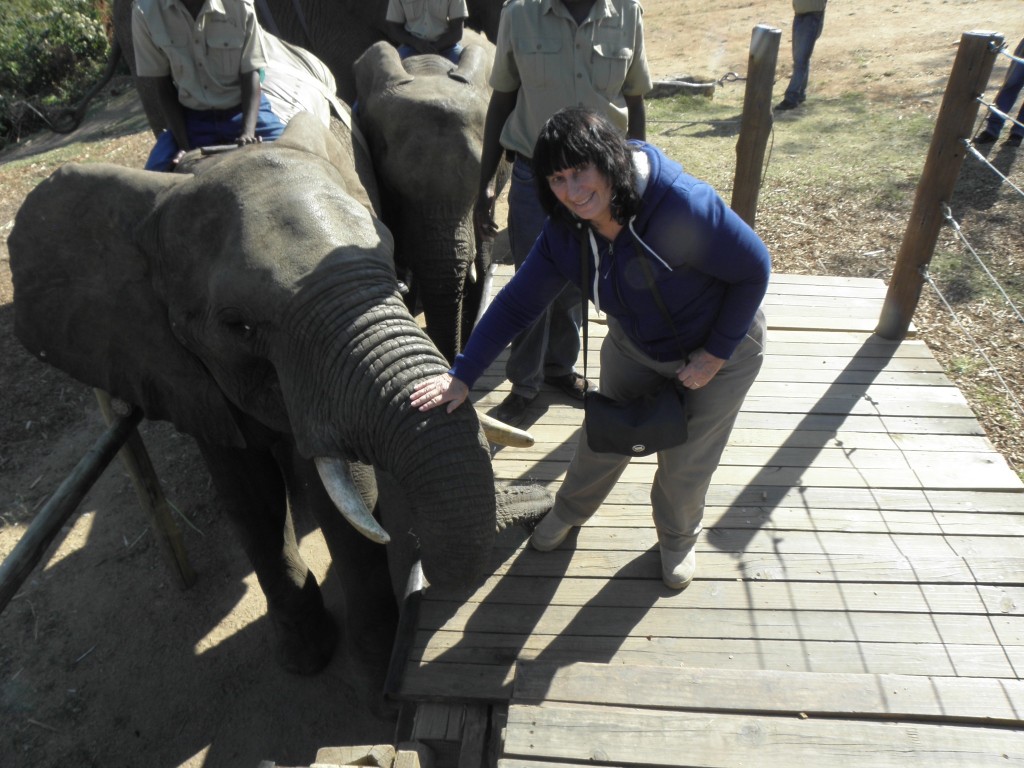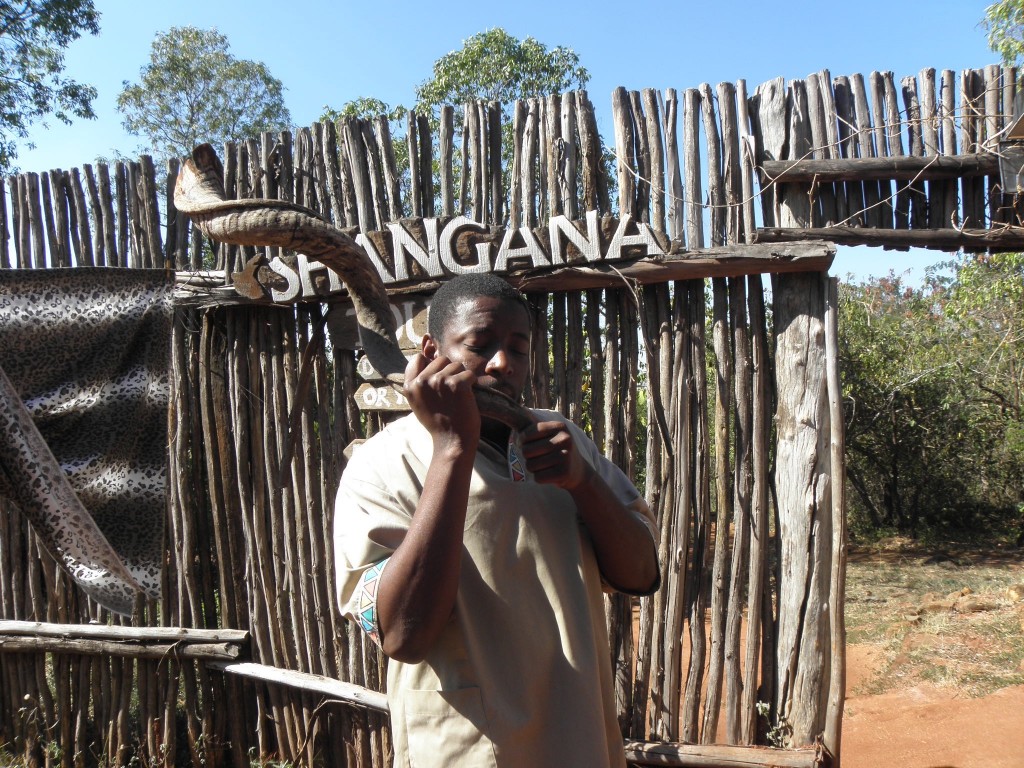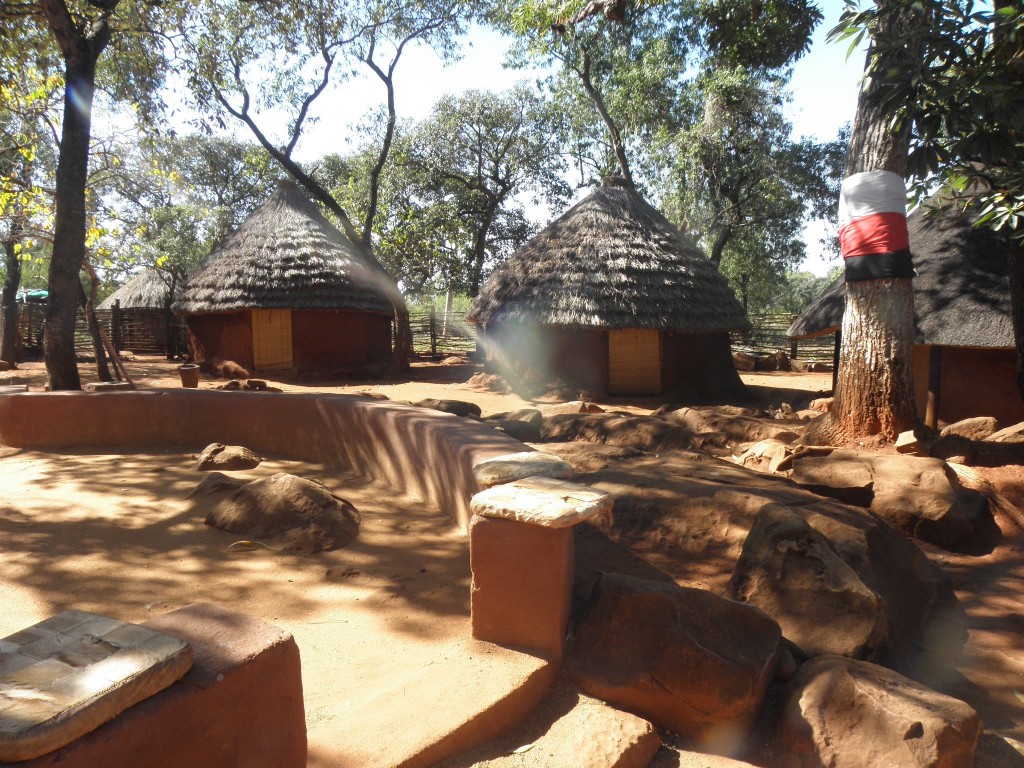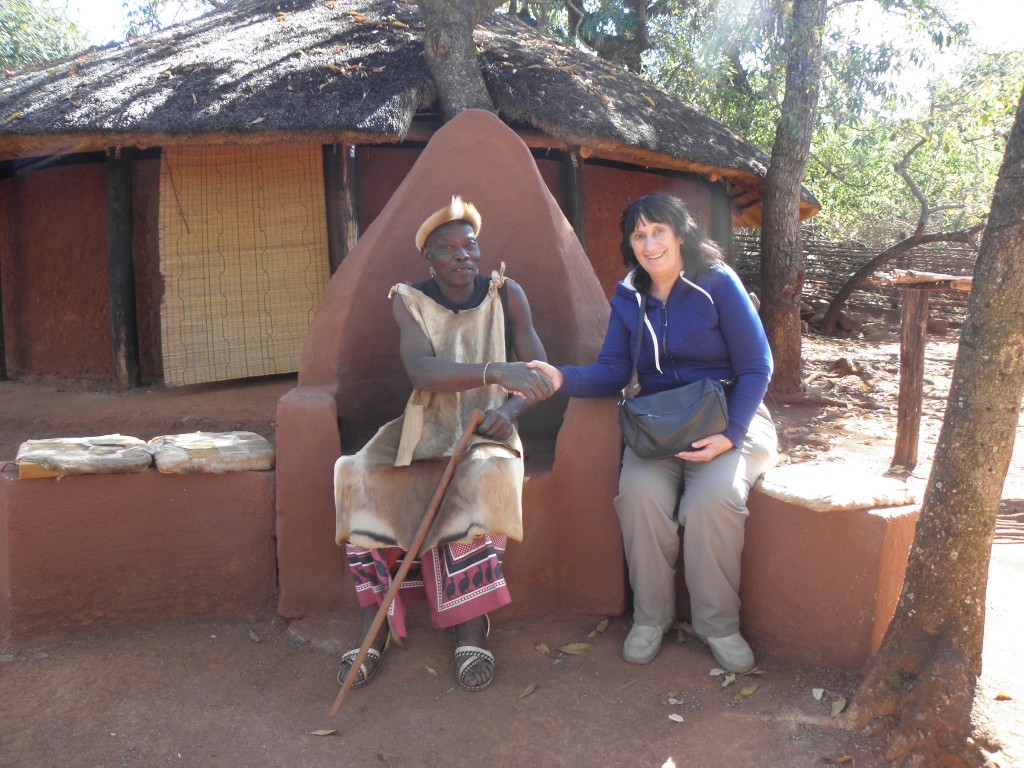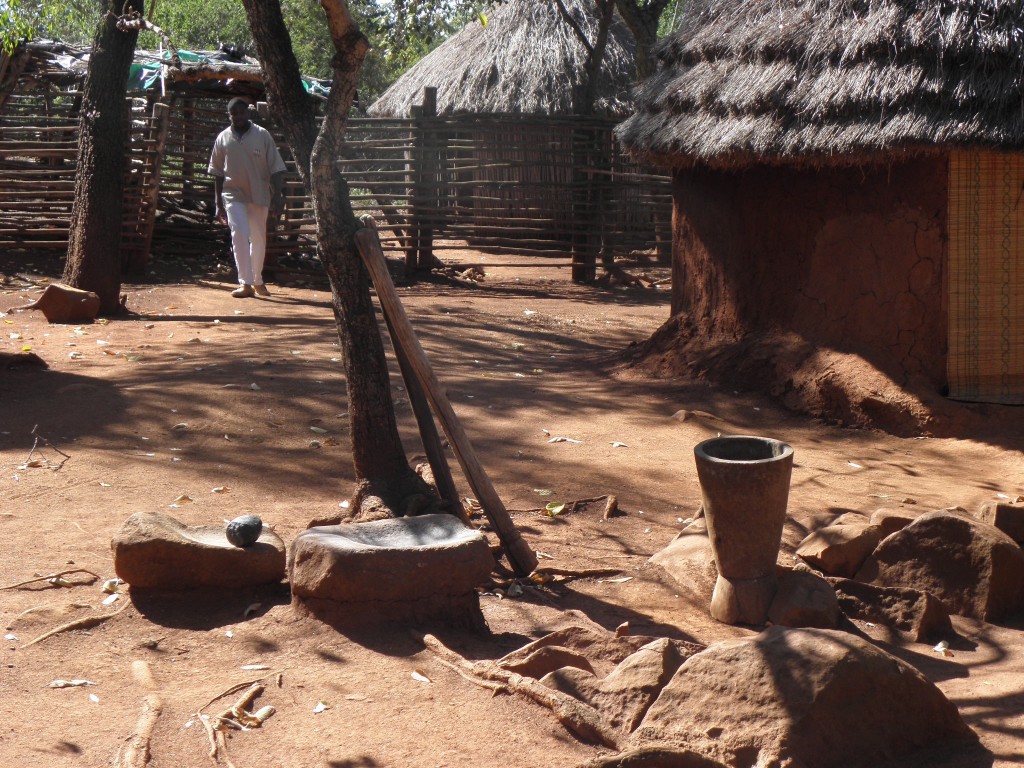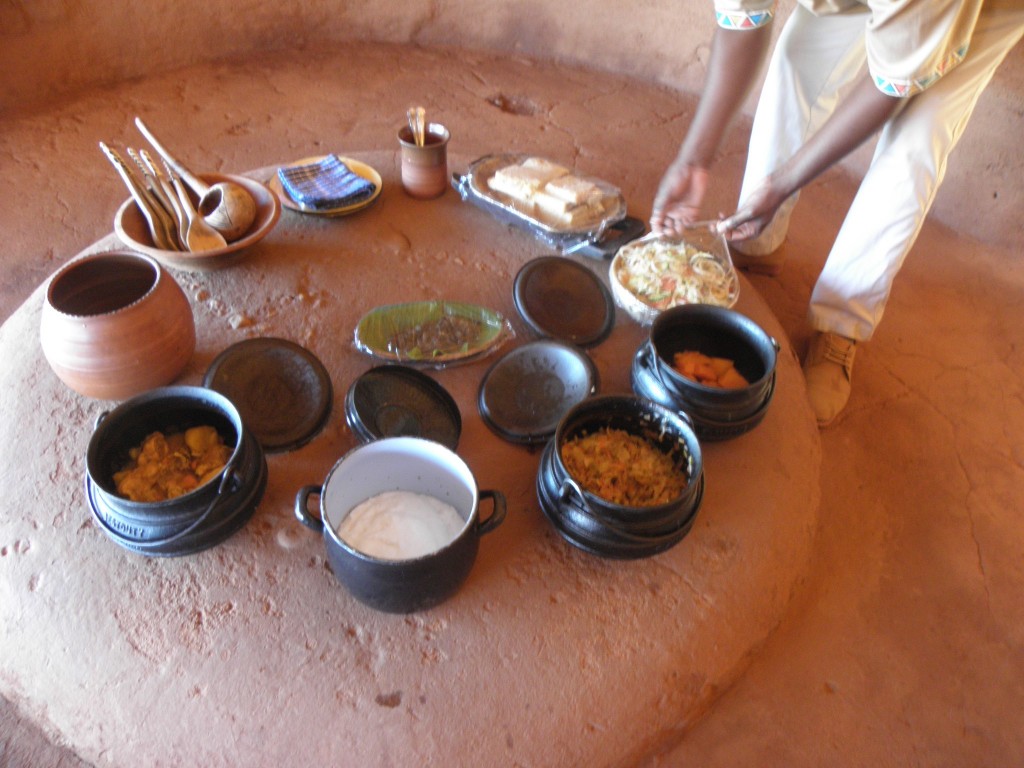Elephant Whispers, Hazyview
I have heard many calls for all elephant riding to be banned, everywhere, on grounds of cruelty. One of the first things explained to us at Elephant Whispers was the cruel way many elephants are trained in Asia and I agree those methods are brutal and I would not want to condone it by riding them.
The elephants here at Elephant Whispers are instead trained gently, patiently, winning their trust and rewarding them with tasty and healthy food treats. They were not torn from their mothers for the purpose of training but instead rescued from areas where they would otherwise have been culled. When not doing the public events (2 or at most 3 times a day, and not happening every day) they have thousands of acres of woodland through which to roam freely, but come back to cosy stables to sleep at night.
There is much cruelty in the world, many people doing horrible things to many animals, even back home in Australia (live-baiting of greyhounds, pigs spending their whole lives in tiny pens…) and much that should be banned. This place is not one of them.
The younger elephants had been previously rescued from culling and were being kept on cattle farms and enjoyed following the horses while cows were being rounded up. Some of the young men working there found they could hop onto these youngsters while doing this, and that they were very quick to learn voice commands. As the elephants grew they started getting into a bit of mischief, and had enormous appetites, and the people who now run Elephant Whispers took them in and continued training them (and also employed one of the young men who had started interacting with them) – a vastly different story to what happens regularly with the brutal training of young Asian elephants.
The biggest and oldest elephant, Tembo, had been kept in free-range captivity for many years with a female, until some wild elephants broke in and challenged his right to the relationship. Tembo got a bit upset, started unroofing houses, attacking other animals and doing other things his human neighbours understandably didn’t like, and he was soon to be shot, but the Elephant Whispers folk heard about this, brought him in, and with gentleness and patience won his trust and he became the truly Gentle Giant he is known as today.
Amazingly, one of the elephants, showing great trust in everyone, lay down and immediately put his trunk out for his food rewards, and allowed us to stroke and examine his trunk, tusks, ear, tail and feet.

As his trunk swung down I felt a fine mist of water. I was advised to step out sideways to avoid accidentally colliding with a tusk.
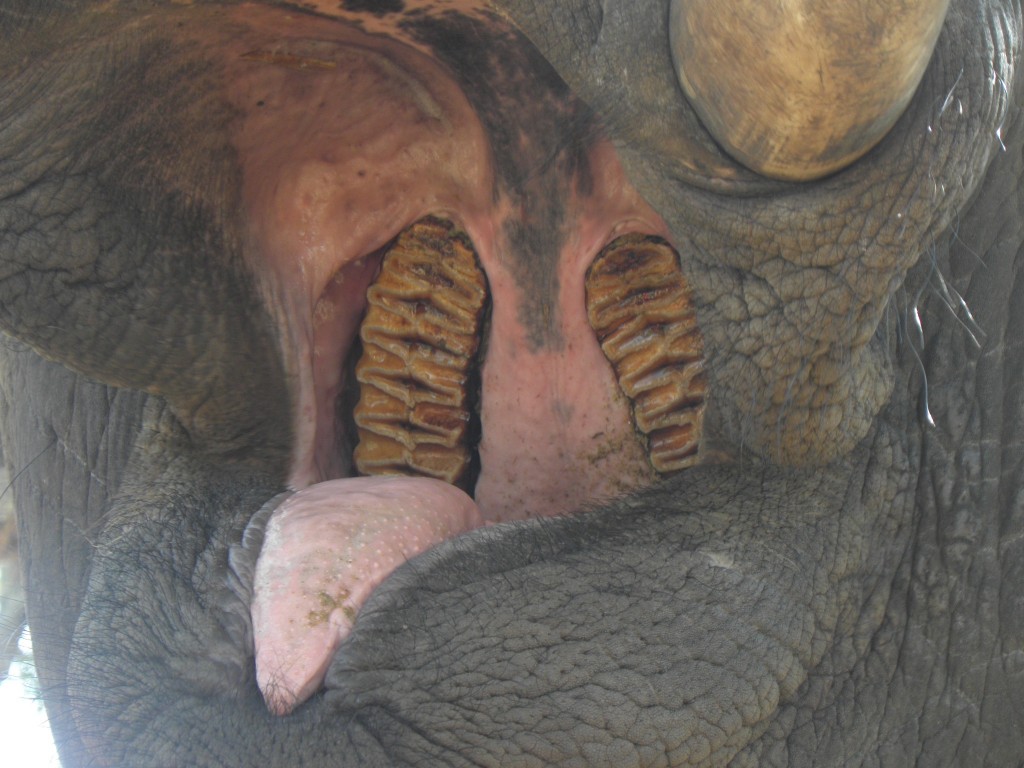
Tempo shows us his molars and tongue. The tongue is not very flexible: all manoeuvring of food must be done with the trunk tip
The rides last only 15 minutes, and only happen two or three times a day, and not every day for every elephant, and then they are turned loose to wonder thousands of acres of woodland before coming into the stable at night.

I have refused to patronise horse-riding establishments where their animals are not looked after. I felt quite comfortable that these elephants are much loved, well-cared for and have plenty of free time just to be elephants to there in the woodland every day
Shangana Culture Village
This is a true Africa Village, and the chief you get to meet really is the chief of this village and of many other Shangana people in the region. This is the kind of African experience I missed experiencing on my previous two visits to South Africa and was very glad I decided to spend a couple of nights in Hazyview so I could visit both Shangana and Elephant Whispers.
Wooden carvings in the market are all made by local people, so by buying here you are contributing to the local economy, not some big international chain. I bought a lovely wooden kudu and a warthog.
Although I was the only guest for the day, my guide, Edward, took me through the entire tour. He showed me the wild chestnut which is ground for flavouring of spinach and other dishes, and talked of the other foods and medicines grown there. They are independent of the money economy for their basic needs. He also explained much about marriage and other aspects of the Shagana culture.
We walked to the village, where Edward called for the chief and asked his permission for us to enter, and for me to take photos. He explained which hut was the chief’s, which for each of his wives, which for the girls, the boys etc.
The traditional doctor showed me her various medicines and the collection of bones used somehwat as tarot cards, translated by Edward.
Finally the feast, starting with an appetiser of mopani worms, a caterpillar that feeds on the mopani tree. On my first visit to South Africa I had asked whether it was possible to try traditional African foods, and someone said contemptuously ‘you could eat insects like the natives!” This annoyed me in two ways: it was obviously racist, and eating insects really isn;t much different from eating crustaceans they would probably consider a delicacy. I have eaten two kinds of caterpillar previously, witcheti grubs in Australia, and caterpillars from the bamboo in China, so was very happy to try the mopani worms. They were salty and chewy.
This place deserves to be much better known. It is too easy to pass through South Africa without much introduction to traditional culture.
Not to be missed if you’re coming through Hazyview!

